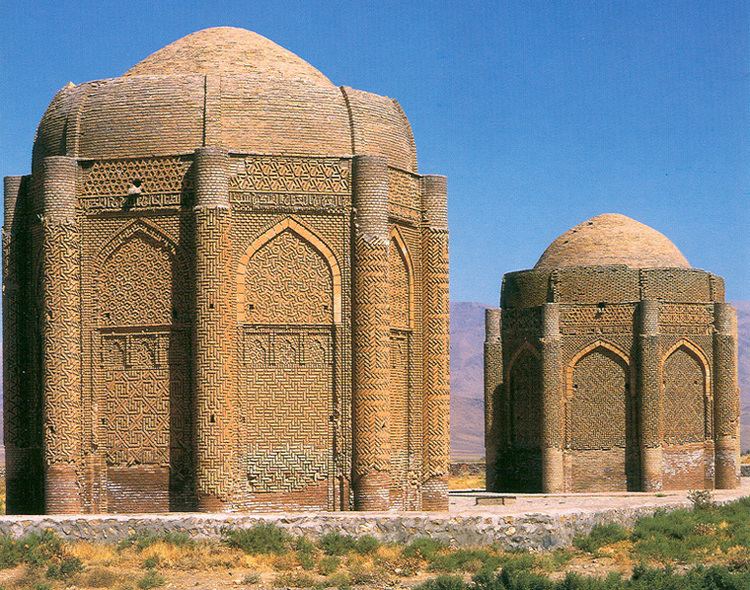 | ||
Traditionally, Iranian architects were known as Mi'mars.
Contents
- Pre Islamic
- First four centuries of The Islamic Era
- 13th century
- 14th century
- 15th century
- 16th century
- 17th century
- 18th century
- 19th century
- 20th century
- Contemporary
- References
The Persian dictionary of Mo'in defines Mi'mar as:
- That who devises the design and plan of a building, and overlooks its construction.
- A Banna
- That who is responsible for the building, developing, and repairs of a structure or edifice (Emārat).
Classical words Banna, Mohandes, Ostad, and Amal which appear in classical manuals and references of Islamic architecture.
Although many scholars do not recognize the Mimar and the Architect to historically be the same, they do agree that their responsibilities overlap extensively. In this list, they are taken to be the same.
The list is in chronological order and selectively spans the Islamic age based on available records. There is little, if any, record of the numerous masters of architecture that built some of the early Islamic and pre-Islamic world's wonders of Iran. It is unknown who built the palaces of Bishapur, Firouzabad, Persopolis, Susa, or the many other spectacular ancient edifices of Greater Iran. No record of their names exists. Only the ruins of what they built give us a faint indication of what masters must have walked the face of this earth eons ago.
Many of the structures remaining today possibly had more than one architect working on them. Only one is mentioned in the following list, and only their most famous work is mentioned. The list also contains the names of builders whom exact dates have been attributed to their buildings.
Pre-Islamic
First four centuries of The Islamic Era
13th century
14th century
15th century
16th century
17th century
18th century
19th century
20th century
Contemporary
h
